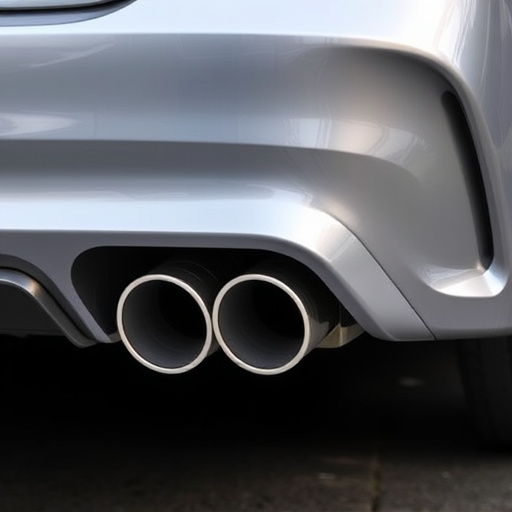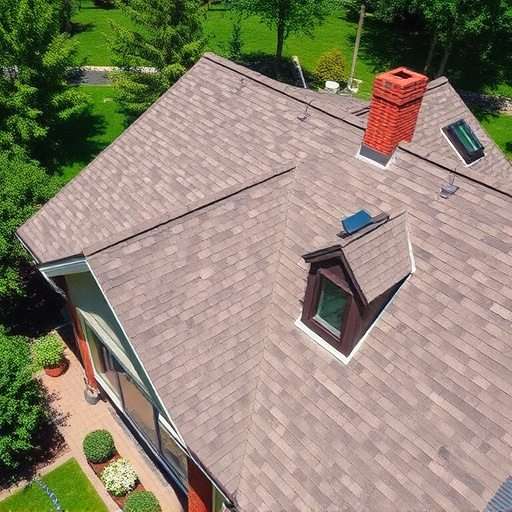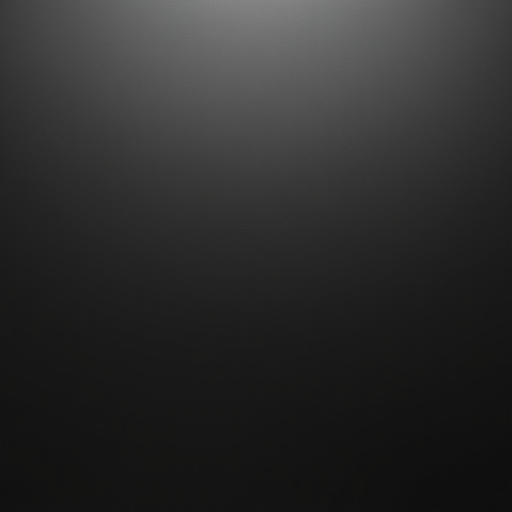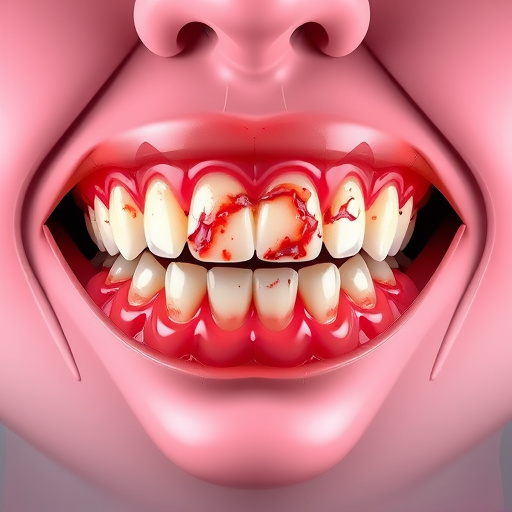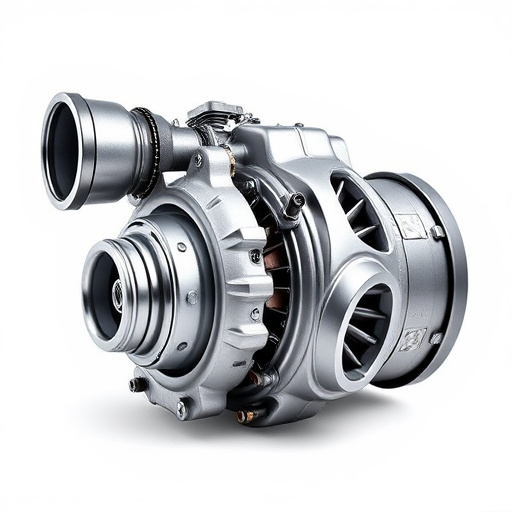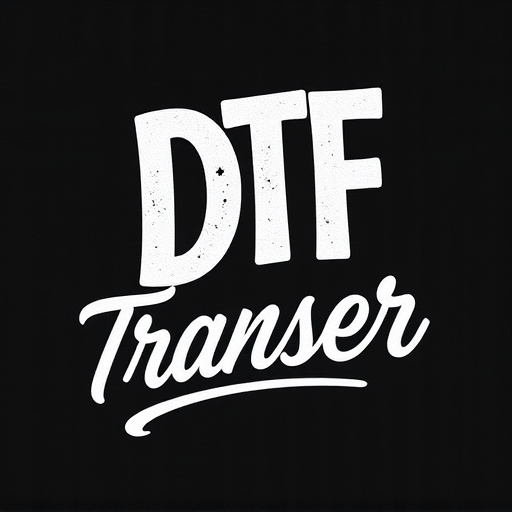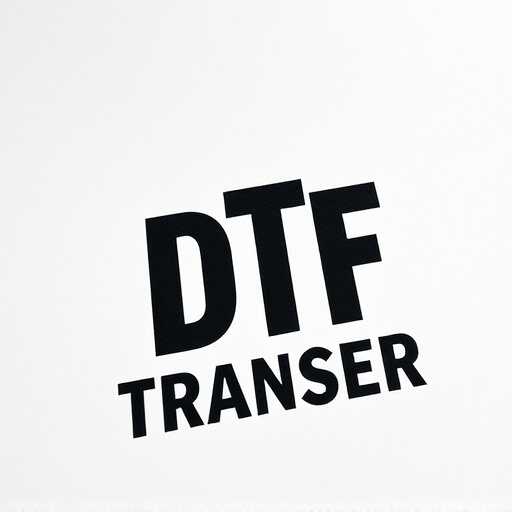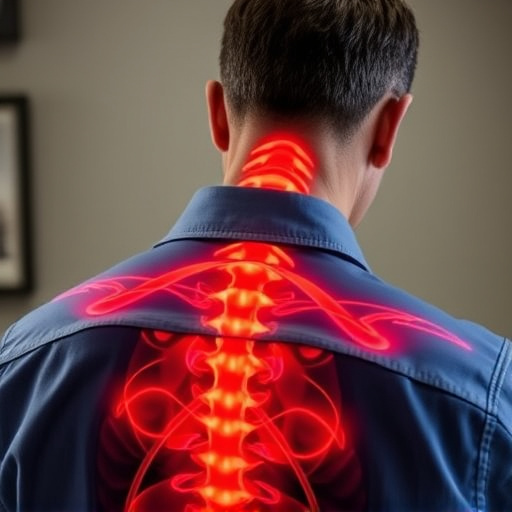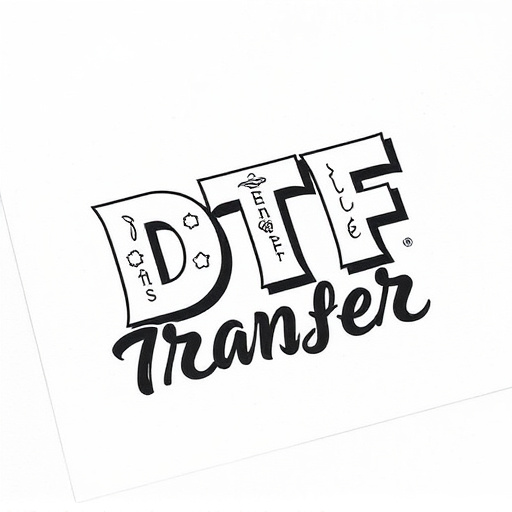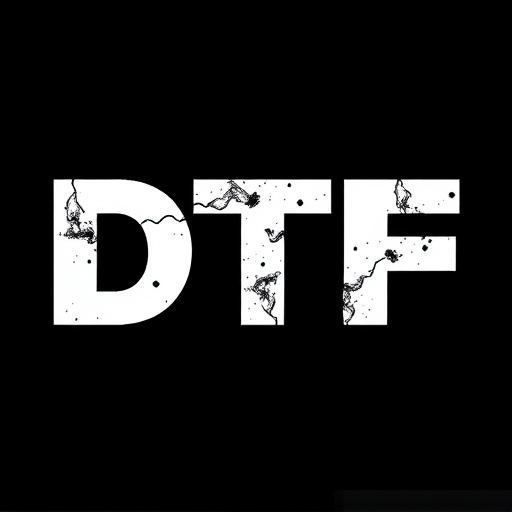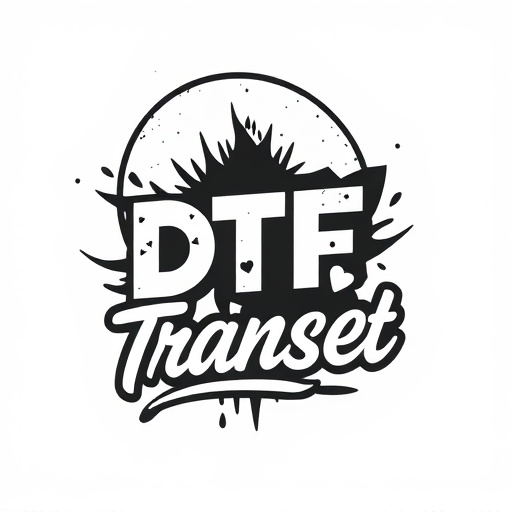Direct-to-Film (DTF) transfers are transforming image reproduction in outdoor settings with vibrant colors, exceptional clarity, and durability against UV radiation, wind, and other environmental factors. This technology offers a versatile solution for signage, advertising, art installations, and architectural visualizations. The DTF process streamlines data migration, ensuring efficient transitions without disrupting operations. UV-resistant DTF transfers use advanced materials and technologies like solvent inkjet printing to create long-lasting outdoor graphics with high colorfastness. Key factors in choosing such transfers include environmental conditions, UV-resistant polymers or coatings, excellent print quality, and automation of data migration processes for error reduction and operational optimization. Future trends focus on enhanced durability, vibrant colors, sustainability through eco-friendly materials, and greater versatility.
“Discover the evolution of outdoor advertising with ultraviolet (UV)-resistant direct-to-film (DTF) transfers, a game-changing technology revolutionizing the industry. This article explores the benefits and applications of DTF transfers, offering an in-depth look at their role in enhancing outdoor displays. From understanding the fundamentals of DTF production to delving into cutting-edge materials and real-world use cases, we uncover why UV resistance is a critical feature for long-lasting, vibrant, and weather-defying signage. Get ready to navigate the future of outdoor advertising with these innovative DTF solutions.”
- Understanding Direct-to-Film (DTF) Transfers: A Brief Overview
- The Benefits of Ultraviolet Resistance in Outdoor Applications
- Materials and Technologies Used for DTF Transfer Production
- Factors to Consider When Choosing UV-Resistant DTF Transfers
- Real-World Applications of UV-Protected DTF Transfers
- Future Trends and Innovations in Outdoor DTF Technology
Understanding Direct-to-Film (DTF) Transfers: A Brief Overview
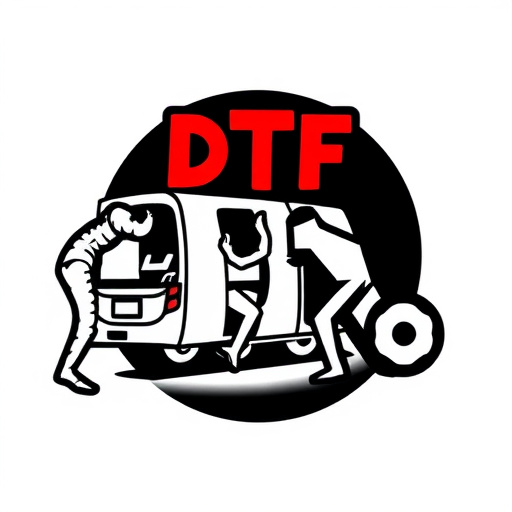
Direct-to-Film (DTF) transfers are a cutting-edge technology transforming how we reproduce and display images, especially in outdoor settings. This innovative process involves transferring an image directly onto a film surface without any intermediate steps, resulting in vibrant, long-lasting colors and exceptional clarity. DTF Transfers offer a game-changing solution for various applications, from signage and advertising to art installations and architectural visualizations.
By eliminating the need for complex printing methods, DTF technology streamlines production while ensuring durability against environmental factors like UV radiation. This makes DTF Transfers an ideal choice for outdoor use, where images are exposed to direct sunlight, wind, and other harsh conditions. The direct application of the image onto the film ensures a robust bond, preventing fading or damage over time.
The Benefits of Ultraviolet Resistance in Outdoor Applications
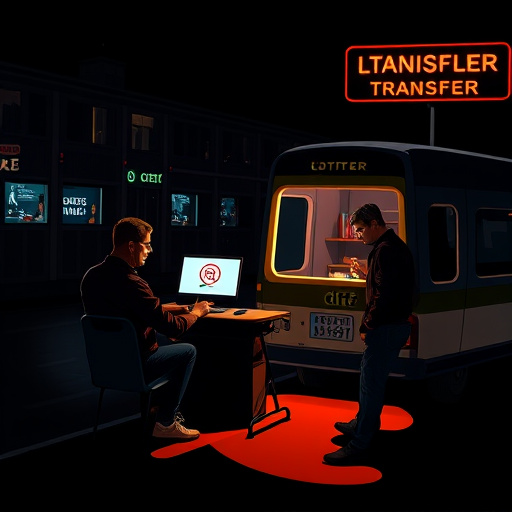
Materials and Technologies Used for EazyDTF Transfer Production

The production of Ultraviolet (UV)-resistant Direct-to-Film (DTF) transfers involves a combination of advanced materials and cutting-edge technologies. Key materials include specialized inks, coatings, and films designed to withstand harsh outdoor conditions while maintaining vibrant colors and sharp details. These materials are selected for their durability against UV rays, moisture, and temperature fluctuations.
The technological side leverages digital printing methods, such as solvent inkjet printing, to create highly precise and detailed transfers. Advanced coating technologies further enhance the DTF’s protective layer, ensuring it can resist fading, cracking, and peeling when exposed to sunlight and the elements. This meticulous process culminates in a robust final product that promises longevity and visual appeal for outdoor applications.
Factors to Consider When Choosing UV-Resistant DTF Transfers
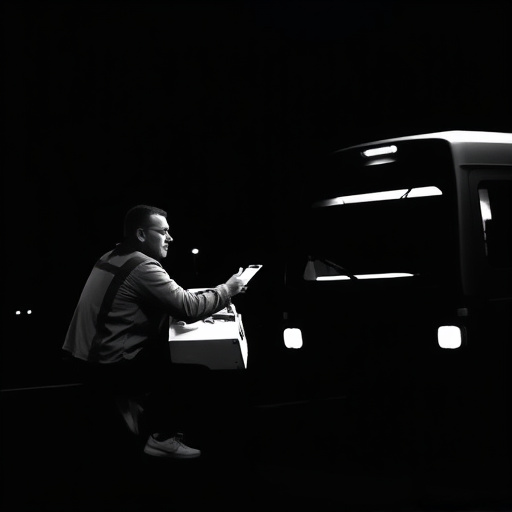
When selecting an Ultraviolet (UV)-resistant Direct-to-Film (DTF) transfer for outdoor applications, several key factors come into play. Firstly, consider the specific environmental conditions where the film will be used. UV resistance is crucial for outdoor signs, banners, and graphics that are exposed to varying weather conditions, sunlight intensity, and potential pollution levels.
Secondly, material quality and composition matter. Look for high-quality UV-resistant polymers or coatings that can protect against the breakdown caused by UV rays. Ensure the DTF transfer offers excellent colorfastness, preventing fading or discoloration over time. Additionally, consider the print quality required; advanced printing technologies and inks designed for outdoor use can enhance durability and visual appeal.
Real-World Applications of UV-Protected DTF Transfers

Future Trends and Innovations in Outdoor DTF Technology

The future of outdoor advertising and signage is set to be revolutionized by the continued development of ultraviolet (UV)-resistant direct-to-film (DTF) transfers. Innovations in this technology are driving the industry towards more durable, vibrant, and long-lasting displays. As outdoor applications demand higher resistance to environmental factors, manufacturers are exploring advanced materials and printing techniques to enhance the longevity of DTF materials. This includes the development of special coatings that provide superior protection against UV rays, ensuring colors remain vivid and images intact for extended periods.
Additionally, there is a growing trend towards more sustainable practices in outdoor advertising. Researchers are focusing on eco-friendly inks and substrates that can break down naturally without causing environmental harm. These developments not only contribute to a greener industry but also offer cost-effective solutions for businesses looking to reduce long-term maintenance costs. With advancements in technology, the future of DTF transfers promises enhanced durability, sustainability, and versatility, opening up new possibilities for creative and captivating outdoor campaigns.

